What Colors Make Yellow: A Guide for Painters and Designers
Colors are the very essence of our visual world, each shade telling a unique story and evoking a myriad of emotions. Today, we embark on an illuminating journey to uncover the mysteries of what colors make yellow. Before we dive into the alchemy of creating this vibrant hue, let’s lay the foundation with a brief exploration of color theory, akin to an artist’s canvas awaiting its first stroke. Let’s explore the science of mixing yellow, its emotional impact, and a spectrum of shades! The Basics of Color Theory Imagine the color wheel as a captivating carousel of shades, with primary […]

Colors are the very essence of our visual world, each shade telling a unique story and evoking a myriad of emotions. Today, we embark on an illuminating journey to uncover the mysteries of what colors make yellow. Before we dive into the alchemy of creating this vibrant hue, let’s lay the foundation with a brief exploration of color theory, akin to an artist’s canvas awaiting its first stroke.
Let’s explore the science of mixing yellow, its emotional impact, and a spectrum of shades!
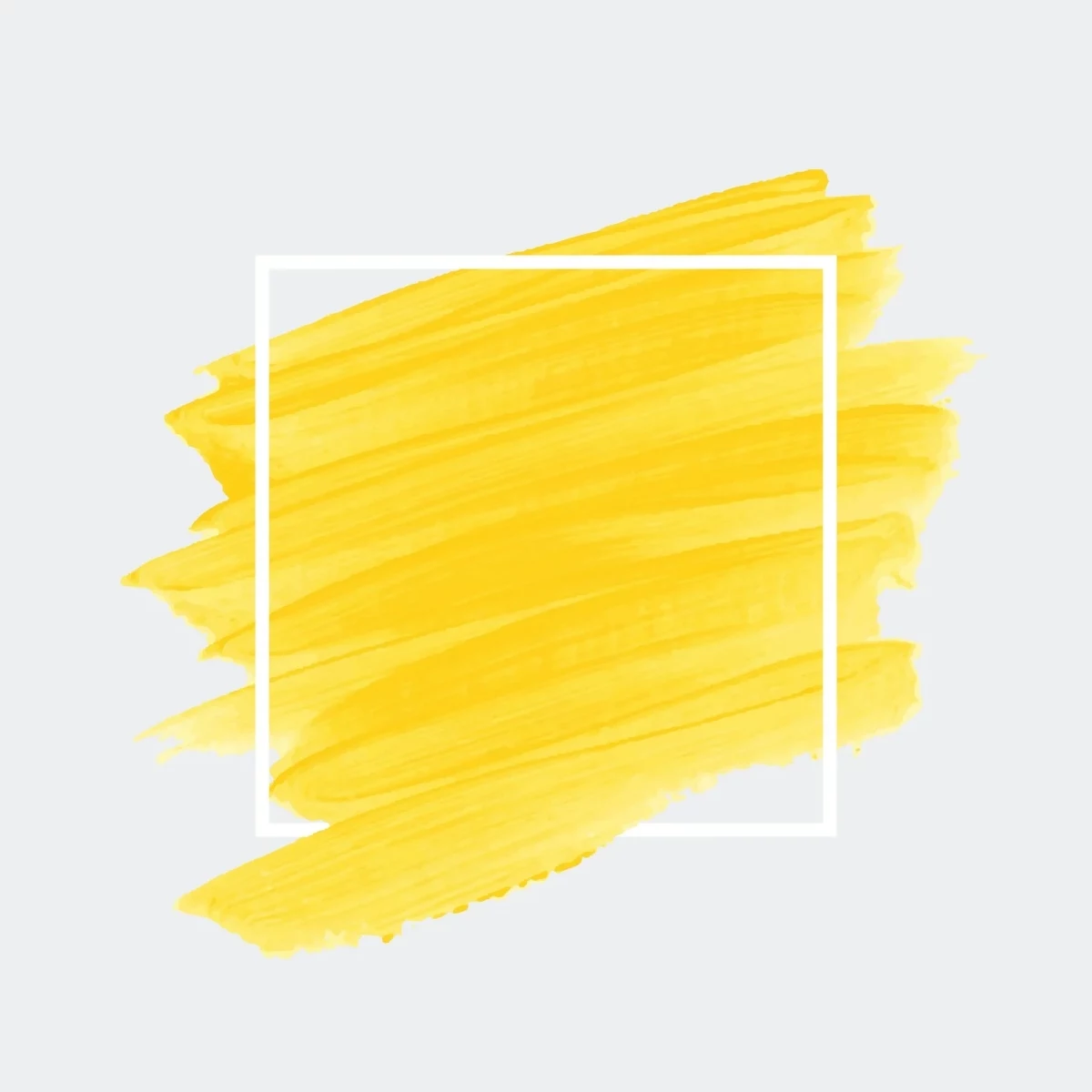
The Basics of Color Theory
Imagine the color wheel as a captivating carousel of shades, with primary colors at its core – red, blue, and yellow. In the enchanting world of color theory, these primary colors are the cornerstone upon which all other hues are constructed. They are the vibrant foundation from which the entire spectrum of colors emerges. Yet, when we yearn to reveal the radiant beauty of yellow, what sorcery brings it to life? Color theory, often likened to an artist’s playbook, unveils the secrets of how colors interact, blend, and give birth to the myriad of hues that grace our visual landscape. It’s a fascinating exploration into the nature of colors, offering insights into the relationships between them, their symbolism, and the emotions they evoke.
Color theory unveils the secrets of how colors interact and blend

As we delve into the essence of color theory, we discover that primary colors, including red, blue, and yellow, are fundamental and cannot be derived from mixing other colors. These primary colors are the purest forms of color, each possessing its unique character and potential. They are the essential building blocks of all other colors, the origins of the captivating tapestry of shades that paint our world. Yet, when it comes to unveiling the radiant beauty of yellow, a primary color in its own right, we encounter a unique phenomenon. Unlike secondary or tertiary colors that are born from the harmonious marriage of two or more hues, yellow stands as a singular gem in the color spectrum. It cannot be forged by mingling other colors; it proudly asserts its position as one of the triumphant trio of primary colors, alongside red and blue.
The color yellow cannot be forged by mingling other colors
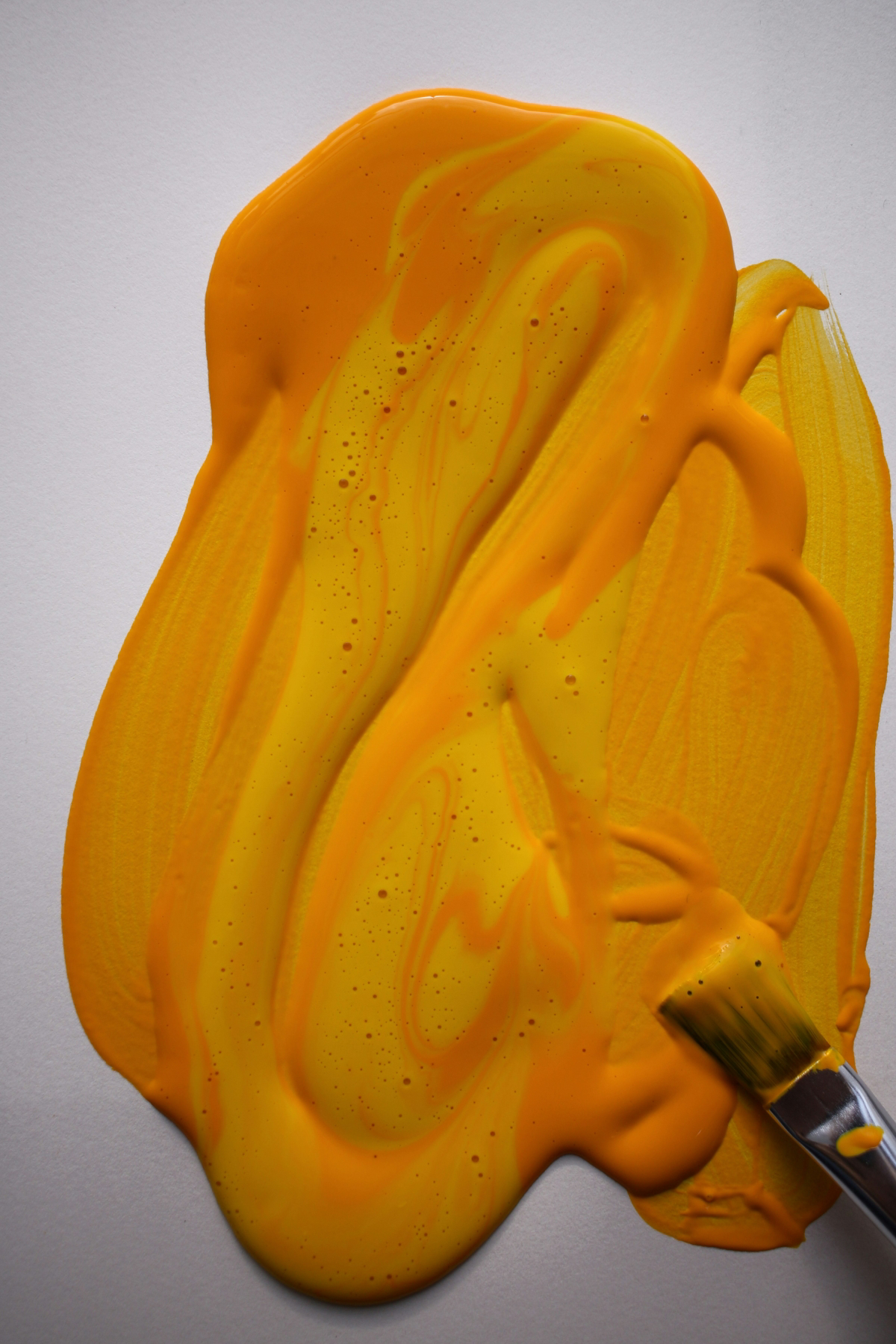
What Colors Make Yellow?
Yellow, like a precious jewel glistening in the sunlight, holds a prestigious place within the color spectrum. Its purity and singularity make it a color of great significance. In the enchanting world of color mixing, where artists wield brushes and palettes, or designers harness the power of digital software, yellow remains untouched by the alchemical fusion of other colors. It is a primary color that emanates its brilliance without the need for external influence.
This happy color holds a prestigious place within the color spectrum
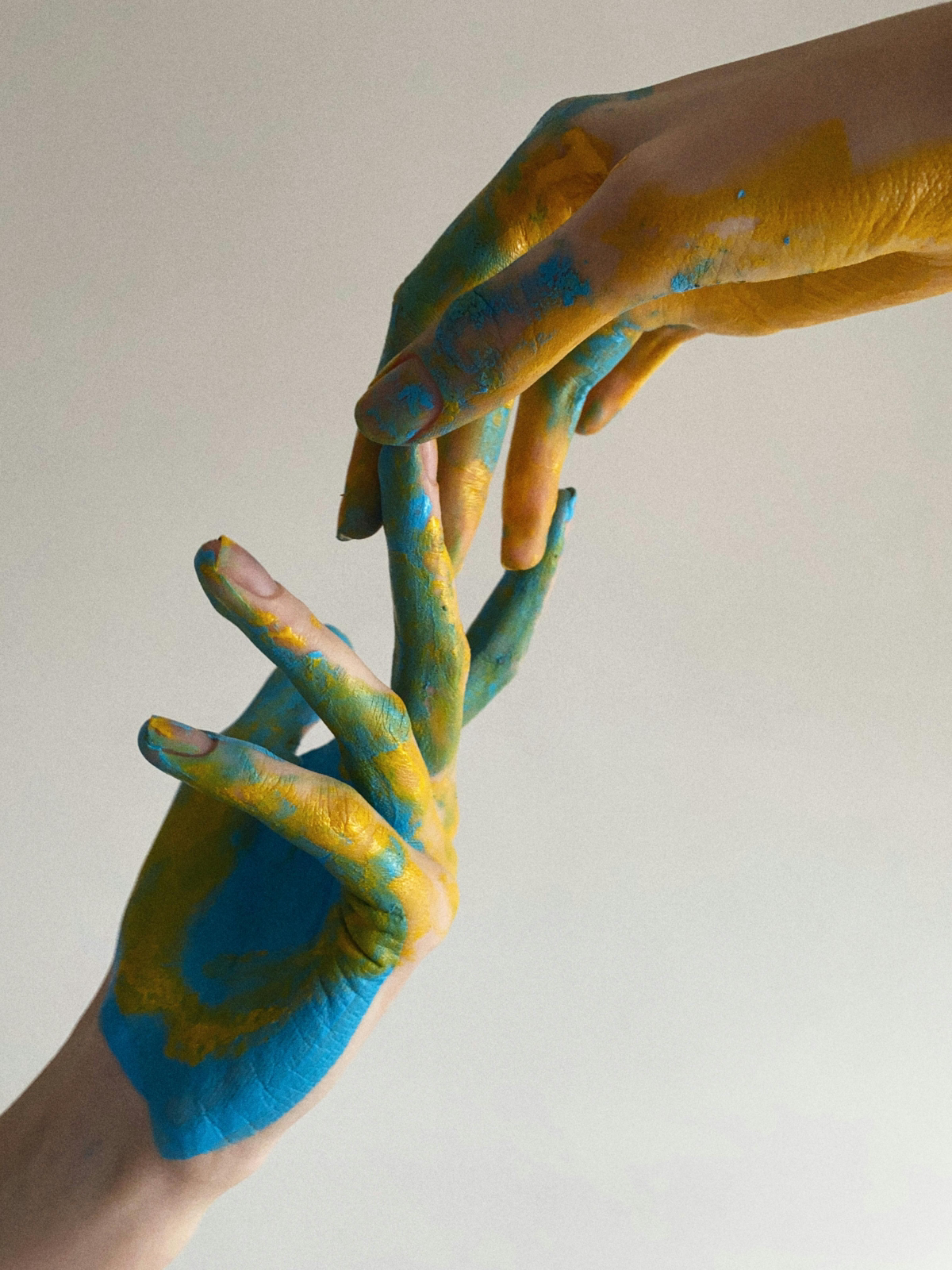
What Does Yellow Symbolize?
Yellow is a vibrant and multifaceted color that carries a rich tapestry of symbolism and meaning. Often associated with sunshine, happiness, and energy, yellow has the power to evoke a wide range of emotions and concepts. Here’s a glimpse into what yellow symbolizes:
- Happiness and Joy: Perhaps the most well-known association, yellow is synonymous with happiness and joy. It’s the color of sunny days, cheerful smiles, and carefree moments.
- Optimism: Yellow radiates optimism and positivity. It encourages us to look on the bright side of life and maintain a hopeful outlook.
- Energy and Vitality: Yellow is a color of energy and vitality. It’s like a burst of enthusiasm and a reminder to stay active and engaged.
- Creativity: Yellow is often linked to creativity and innovation. It’s a color that sparks the imagination and encourages fresh ideas.
- Warmth and Comfort: Yellow is a warm and inviting color. It symbolizes the comfort of a cozy blanket or the welcoming glow of a fireplace.
- Friendship and Sociability: Yellow represents friendship and sociability. It’s the color of warm gatherings, laughter, and good company.
- Clarity and Focus: Yellow is associated with mental clarity and focus. It helps clear the mind and aids in decision-making.
- Communication: Yellow is a color of effective communication. It encourages open and lively discussions.
- Confidence: Yellow can boost confidence and self-esteem. It’s a color that helps us feel more self-assured.
Yellow is a color of energy and vitality

Tools and Materials for Yellow Mixing
To embark on our artistic journey of creating yellow, you’ll need a toolkit as diverse as your imagination. Whether you’re a traditional artist, blending paints on a physical canvas, or a digital designer navigating the boundless realm of virtual creativity, your tools play a vital role in your color explorations. Here’s a glimpse into the essential elements you’ll require:
- Primary Colors: Red and green, the essential ingredients for our color concoction, will serve as the foundation upon which we build our vibrant yellow. These primary colors will join forces in a harmonious dance, culminating in the creation of our radiant hue.
- Secondary Colors: Orange and blue, our trusty color companions, will play a supporting role in our artistic endeavor. Their presence is instrumental in achieving the desired balance and vibrancy of our yellow.
- Paintbrushes and Palette: For traditional artists, paintbrushes and palettes are more than tools; they are extensions of creativity and expression. These tactile companions will enable you to blend, mix, and bring your yellow creation to life on a physical canvas.
- Digital Design Software: For those who navigate the boundless realm of digital creativity, design software is your gateway to unlocking the infinite possibilities of color. With a few clicks and the guidance of color theory, you can manipulate and craft your perfect shade of yellow on a virtual canvas.
As we journey deeper into the captivating world of color mixing, we’ll explore the alchemy of red and green, the companionship of orange and blue, and the artistry that brings radiant yellow to life, whether on a canvas or in the digital realm.
For traditional artists, paintbrushes and palettes are more than tools
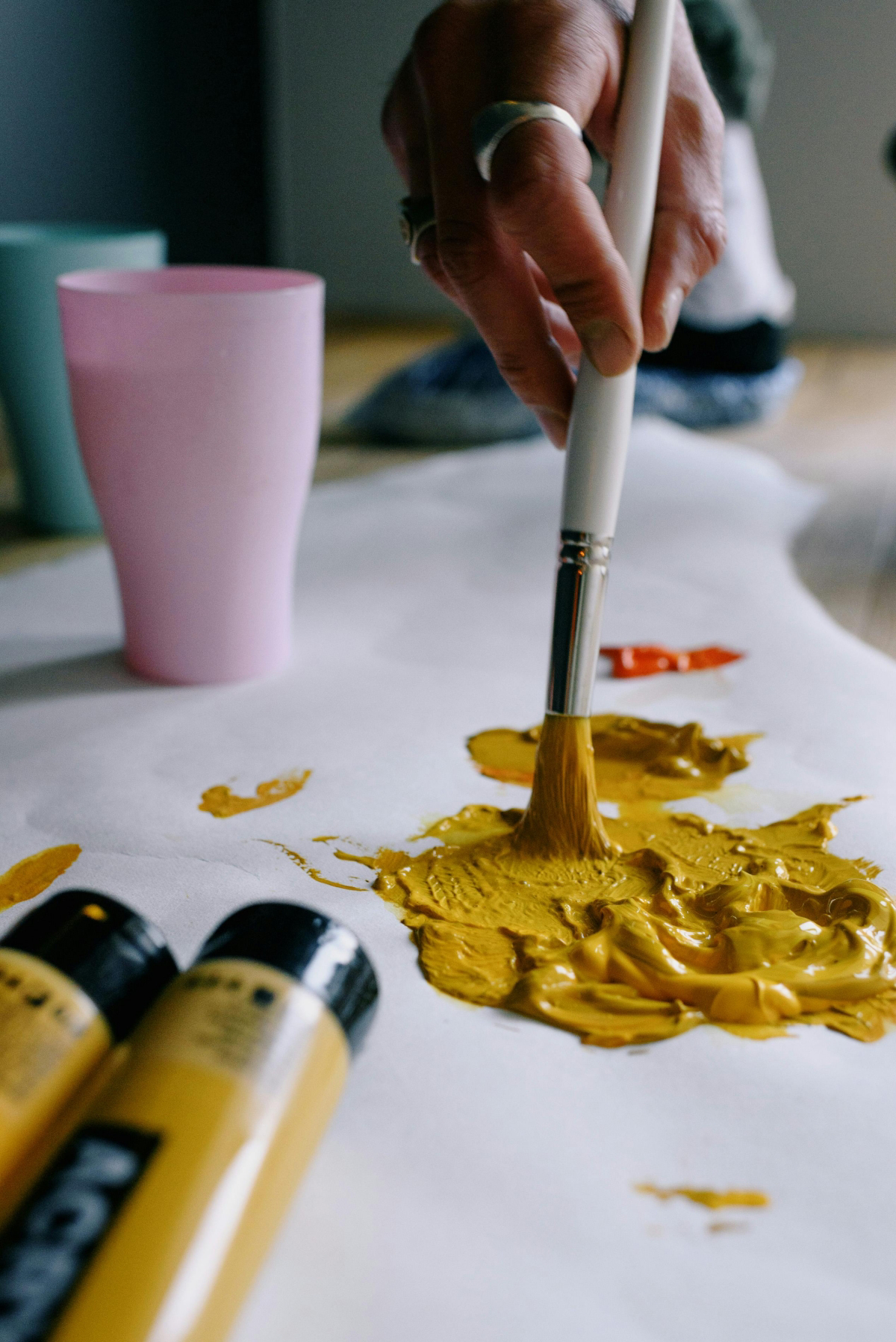
How To Mix Yellow Paint
Mixing yellow paint is an enchanting endeavor, allowing artists to conjure a spectrum of shades akin to the warmth of a sunflower’s embrace or the gentle glow of golden rays at dawn. Whether you wield a traditional palette or explore digital artistry, the pursuit of the perfect yellow can be a delightful journey.
- Luminous Lemon Yellow: To create a brilliant lemon yellow, start with a base of white paint. Gradually introduce small amounts of yellow pigment, mixing until you achieve the desired radiance. For a lighter hue, add more white paint.
- Sunflower Gold: The rich and vibrant shade of sunflower gold can be achieved by combining yellow with a touch of red and a hint of brown. Adjust the ratios to attain the perfect balance between yellow’s brilliance and the warmth of the sunflower.
- Goldenrod Glory: For the opulent depth of goldenrod, mix yellow paint with a dash of orange. This fusion captures the essence of fields ablaze with golden blooms, creating a hue reminiscent of the autumn sun’s golden caress.
- Mellow Mustard: The cozy and comforting shade of mustard can be crafted by blending yellow with a pinch of brown. Experiment with the proportions to find the ideal balance between yellow’s vivacity and the muted warmth of mustard.
- Digital Artistry: In the realm of digital design, crafting the perfect yellow involves manipulating RGB (Red, Green, Blue) values. Adjusting the intensity of red and green components within the RGB spectrum allows digital artists to fine-tune their desired shade of yellow. Digital tools, such as color pickers in software like Photoshop, provide precise control over the hue, saturation, and brightness of yellow.
This is how you can conjure a spectrum of beautiful yellow shades

How to Mix Yellow Digitally
In the vibrant and limitless realm of digital design, where creativity knows no bounds, the process of mixing yellow unfolds like an artist’s dream. Digital artists and designers wield a virtual palette where colors meld, merge, and materialize in a symphony of pixels and hues. Here’s your comprehensive guide to mastering the art of mixing yellow in the digital domain, where the canvas stretches to infinity, and colors swirl with boundless possibilities:
- RGB Values – Crafting Yellow Brilliance Digitally: The cornerstone of digital color manipulation lies in the Red, Green, Blue (RGB) color model – a triumvirate of primary colors that join forces to conjure an expansive spectrum of shades. In this model, yellow radiates its brilliance by harnessing the harmonious dance of red and green. By deftly adjusting the intensity of these two primary colors within the RGB spectrum, digital artists have the power to fine-tune their yellow to absolute perfection.
- Color Pickers – Where Boundless Creativity Meets Yellow: In the world of digital design, software tools like Photoshop open a treasure trove of possibilities, and at the heart of this digital arsenal lies the color picker – a digital artist’s key to unlocking the full spectrum of hues. With this invaluable tool at your fingertips, the creation of your ideal shade of yellow becomes a seamless endeavor.
Whether you’re designing a website, crafting digital art, or creating an eye-catching social media graphic, the color picker is your trusted companion. It transforms your digital canvas into a playground of possibilities where the vibrant world of yellow can be precisely tailored to convey your unique message and vision. In the digital realm, the process of mixing yellow transcends the limitations of traditional art, granting you the power to manipulate color with precision and ease.
The process of mixing yellow unfolds like an artist’s dream
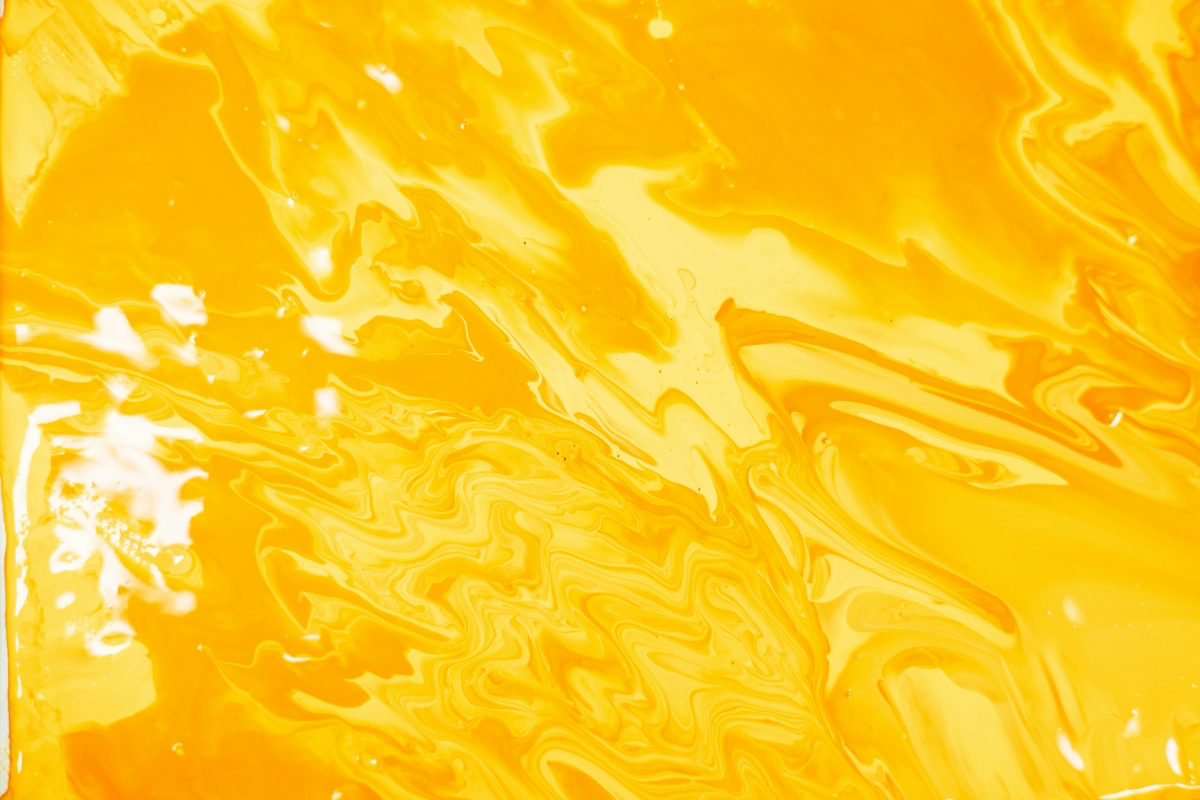
The Use of Yellow in Design
In the realm of design, yellow is more than just a color; it’s a powerful tool that can evoke diverse emotions, set the tone, and convey messages. Its application varies depending on the context and intent, making it a dynamic and versatile element in the designer’s toolkit.
Yellow is a powerful tool that can evoke diverse emotions

Important Considerations About Yellow
While yellow is undeniably captivating, its use in design requires thoughtful consideration of several key factors:
- Mood and Atmosphere: Yellow can evoke a wide range of emotions, from warmth and happiness to caution and anxiety. Designers must select shades of yellow that align with the desired mood and atmosphere of their projects.
- Cultural Significance: Yellow carries diverse cultural connotations worldwide. In some cultures, it symbolizes joy and celebration, while in others, it may represent caution or illness. Designers should be mindful of these cultural interpretations when incorporating yellow into their work.
- Color Combinations: Yellow pairs harmoniously with an array of colors, offering designers endless possibilities for creative combinations. Whether complemented by contrasting shades or harmonious tones, yellow can play various roles within a color scheme.
- Balance and Contrast: Achieving balance and contrast with yellow is essential for effective design. Designers must consider how yellow interacts with other colors, both as a dominant hue and as an accent. Striking the right balance ensures visual interest and readability.
Yellow pairs harmoniously with an array of colors, offering designers endless possibilities
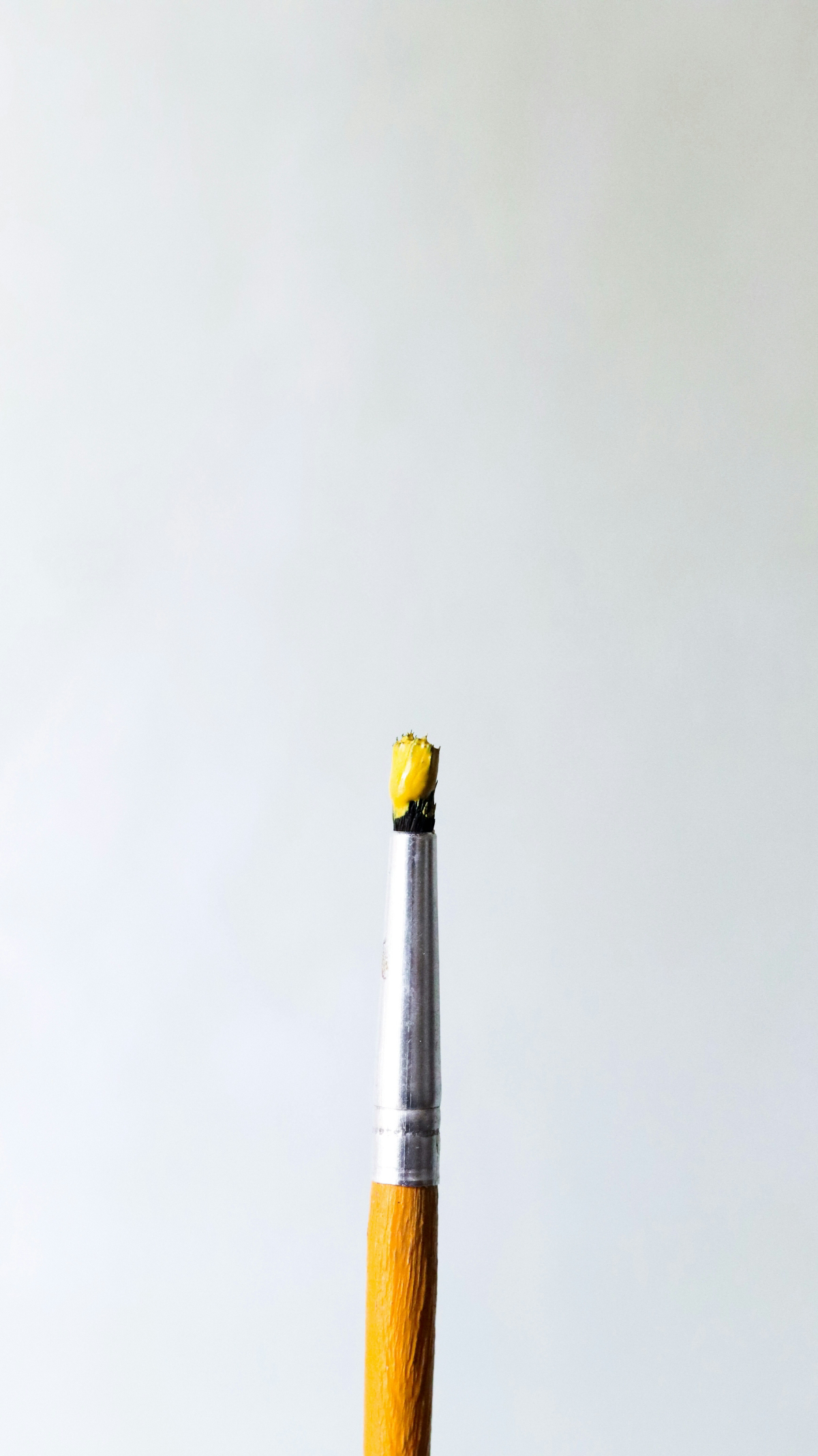
The Most Popular Yellow Shades
As we delve deeper into the world of yellow, let’s bask in the glow of some of the most beloved shades that have left an indelible mark on the design canvas:
- Sunshine Yellow: The quintessential shade of pure, unadulterated sunshine, this yellow embodies joy, optimism, and vitality. It infuses designs with an uplifting and energetic spirit, making it a favorite for branding and marketing.
- Buttercup Bliss: Soft and inviting, buttercup yellow exudes warmth and comfort. It evokes feelings of coziness and nostalgia, making it a popular choice for interior design and home decor.
- Lemon Zest: As bright and invigorating as a burst of citrus, lemon zest yellow radiates freshness and enthusiasm. It’s a delightful choice for summer-themed designs and vibrant accents.
- Golden Glow: The lustrous elegance of golden yellow resonates with luxury and opulence. It adds a touch of sophistication to everything from fashion to high-end packaging.
- Canary Yellow: With its vivacious and playful demeanor, canary yellow captures the essence of carefree days and carefree spirits. It’s a favorite for children’s products and whimsical designs.
- Maize Magic: The gentle and muted charm of maize yellow offers a sense of understated elegance. It’s a versatile hue that can transition seamlessly from rustic aesthetics to minimalist designs.
These are some of the most popular yellow shades
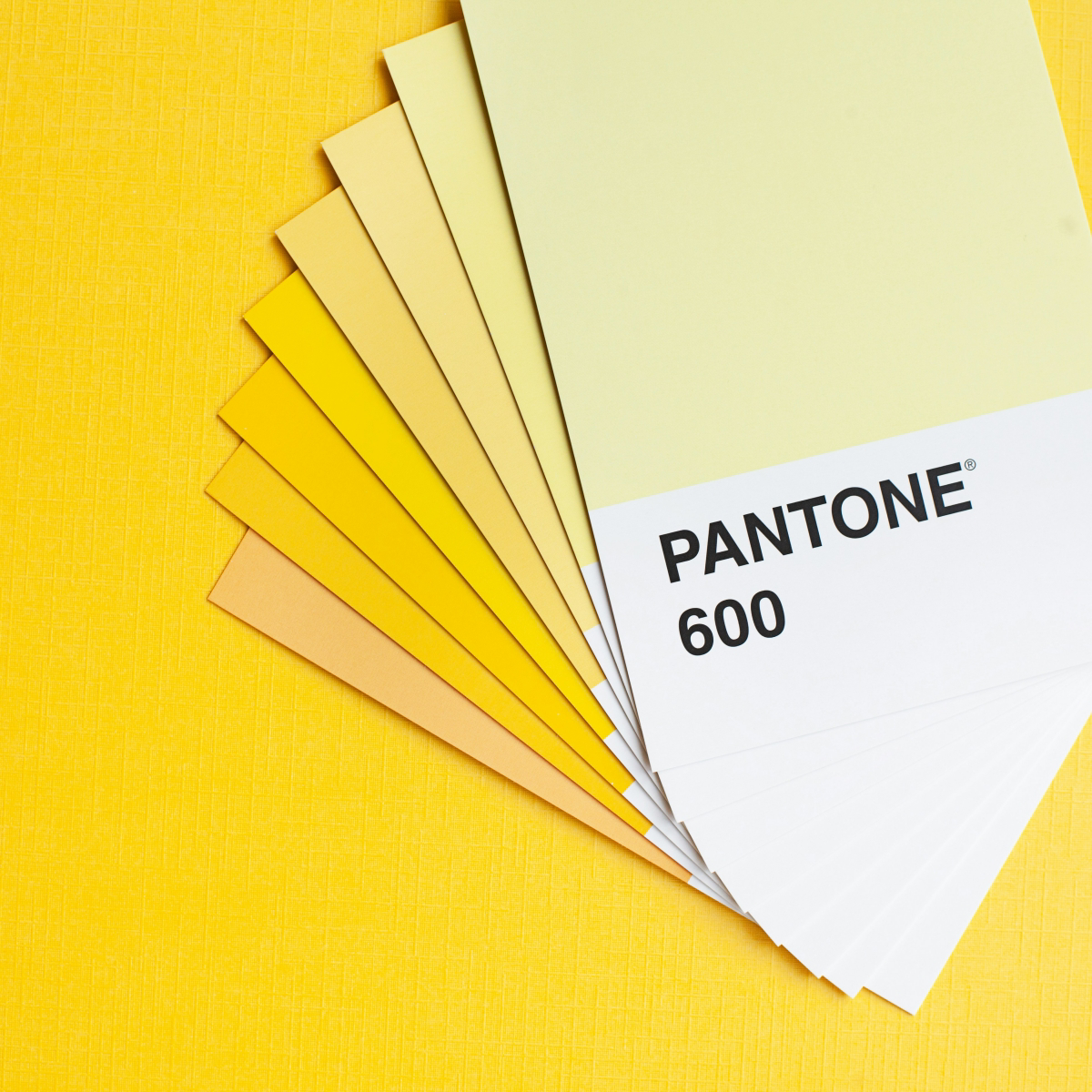
Conclusion
As we’ve seen, mixing yellow paint is an artistry that allows you to conjure a spectrum of shades, from the gentle glow of lemon yellow to the opulent richness of goldenrod gold. In the digital realm, the canvas knows no bounds, with RGB values and color pickers offering infinite opportunities to craft your perfect shade of yellow. Yet, yellow is more than a color; it’s a design choice that resonates with emotions, culture, and aesthetics. When incorporating yellow into your designs, consider the mood and atmosphere you wish to convey, respecting its diverse cultural interpretations. Play with color combinations, seeking balance and contrast, to create captivating and harmonious compositions. The world is your canvas, and yellow, your vibrant muse.
Now you know how to use this happy color in your art projects!

More Articles You Might Like
- What Colors Make Purple? A Comprehensive Guide For Artists
- What Colors Make Blue: The Art of Mixing & Using Blue in Design
- What Colors Make Orange: A Guide for Artists & Designers
- What Colors Make Green: A Comprehensive Guide for Painters
